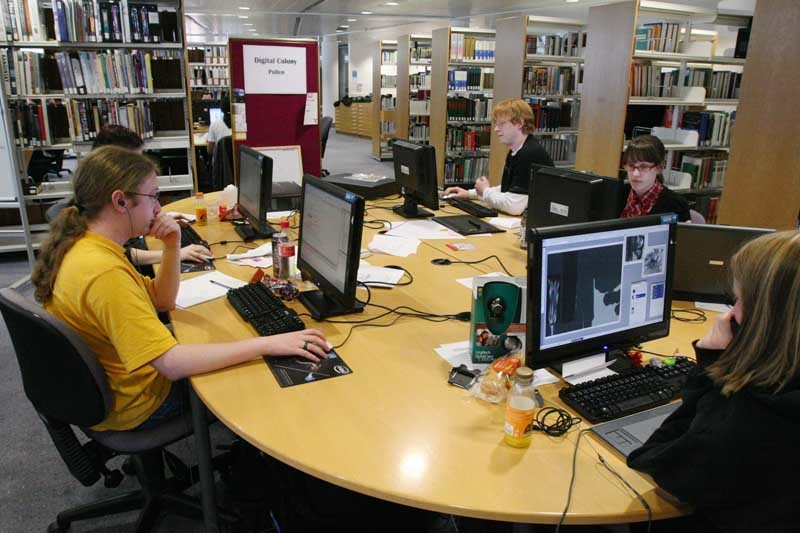English students see Scottish universities as more attractive places to study since plans to increase tuition charges in the rest of the UK were unveiled, it has been claimed.
Universities Scotland, the body that represents Scotland’s higher education sector, said local institutions would not face an influx of “fee refugees” in the wake of a recommendation fee caps are removed down south.
However, Blackburn College student Raiven MacFarlane is applying for Dundee University after being scared off by the potential of paying big charges to study closer to home.
The 17-year-old also said many of her friends and classmates would be tempted to move north due to the cheaper fees in place for those studying in Scotland.
“I will definitely be applying for Dundee now I know the fees are not as high there,” she said.
“The smaller fees puts it ahead of other English universities.”
Raiven is currently studying A levels in media studies, film studies, sociology, and religious education and hopes to complete a course in animation and illustration in Dundee.
“One of my friends has already decided to study at a Scottish university and if I told a few people I’m sure a few of them would start applying for them too,” she added.
“Obviously with the fees going up, universities like Dundee look much more appealing now.”
A report by Lord Browne has recommended the £3290 per year cap presently in place on tuition fees in England be removed.
UK business secretary Vince Cable said earlier this week a charge of £7000 a year was being considered by ministers, but that prices for some courses could top £12,000.
Undergraduate students ordinarily resident in Scotland or another European Union (EU) country outside the UK currently do not pay university fees, but students from the rest of the UK have to pay a fixed annual fee of £1820 to study here.
Despite students possibly having to pay much more south of the border, Universities Scotland said it did not believe people will flock to universities in Scotland.
It came to this conclusion by virtue of the fact there was no influx of UK students choosing Scottish universities when tuition fees first came into play for the rest of the country.
Tuition fees were introduced in the UK, with the exception of Scottish and non-UK EU residents studying at Scottish universities, in 1998, with those going into higher educations paying up to £1250 per annum.
In 2004 the charge increased to the current maximum of £3225, and although each year since then the former Labour government passed the bill by five votes, fees are now set to rise again.
